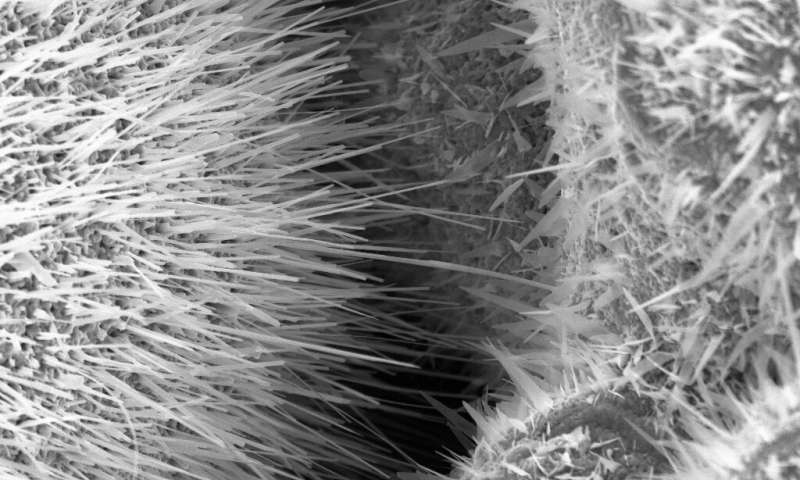The production of highly sensitive sensors is a
complex process: It requires many steps and the almost dust-free
environment of special cleanrooms. A research team from Materials
Science at Kiel University (CAU) and from Biomedical Engineering at
the Technical University of Moldova has now developed a procedure
to produce extremely sensitive and energy-efficient sensors using
3-D printing. The simple and cost-effective production method is
also suitable for industrial production, the team recently
explained in the renowned specialist journal Nano Energy. Their
sensor, which they present here, is able to precisely measure the
concentration of acetone vapor using a special structuring at the
nano level. As the acetone concentration in the breath correlates
with blood sugar levels, the research team hopes to have made a
step towards producing a breath test for diabetics that could
replace the daily checking of their blood sugar levels by finger
pricks.




